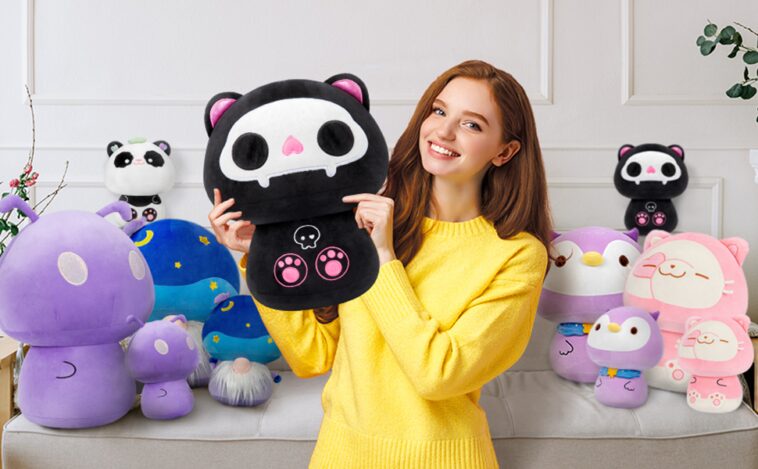Do you remember ever walking into a classroom and seeing a bunch of adorable stuffed animals scattered around the room?
Did they instantly make you feel at home, like warm and cozy hugs were awaiting you? Well, comforting or not, there is actually an educational benefit to having these fuzzy creatures in the classroom – they can be used as teaching tools!
Stuffed animals have slowly been making their way into classrooms all over the world and are being used as resources to engage students in learning activities.
Through this blog post, we will look at some creative ways how to use plush toys in teaching so that both teachers and students alike can take advantage of their full potential while gaining knowledge. So stay tuned for more information about why ‘toys’ are no longer just child’s play – but tools for adults too!
Introduce Different Stuffed Animals as “Classroom Pets” and Let Students Interact With Them
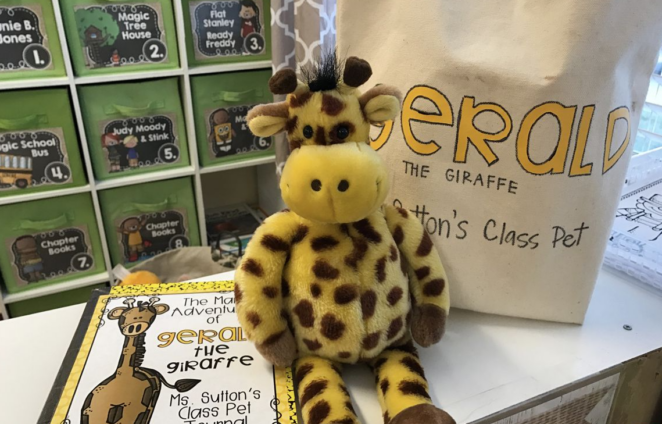
Get stuffed animals with a purpose! Introducing the stuffed animal from Mewaii into your classroom can be a great way to motivate and engage your students. The stuffed animals serve as furry “classroom pets”, attracting the attention and interest of kids of all ages.
This can be a great way to foster learning; let the stuffed animals demonstrate difficult concepts or act out stories for extra visual stimulation.
Interaction between the stuffed animals and your students provides an exciting opportunity for them to become part of the lesson – from making stuffed animal friends to cuddling with them during group work, they make learning fun while providing meaningful engagement in their studies.
Use Stuffed Animals to Create Hands-on Activities and Games for Students to Learn New Concepts
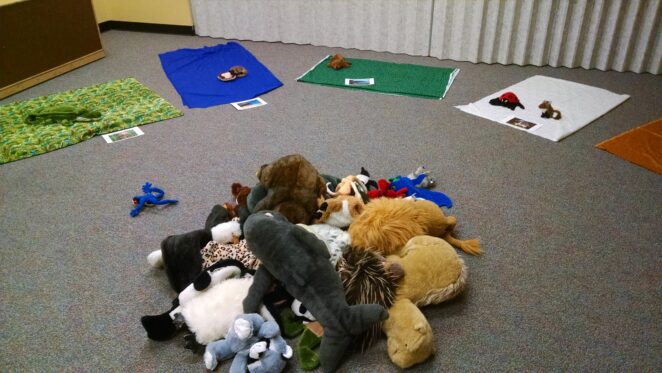
Utilizing stuffed animals in the classroom presents several opportunities for teachers to engage students in creative, hands-on activities and games that would contribute significantly to their learning.
Not only are plush toys a great conversation starter, but they can be used as puppets or props for pupils to pretend and act out new concepts or ideas.
This allows for an interactive learning experience for the students, which increases the likelihood of them remembering and comprehending the desired material. Moreover, with appropriate setup and organization, tasks or exercises related to stuffed animals can also promote collaboration and team-building skills among class members.
There is no limit to how creative educators can get when it comes to utilizing stuffed animals in teaching – ways that can lead students toward success while having fun at the same time.
Incorporate Stuffed Animals Into Role-Playing Scenarios to Help Students Understand Different Topics
Incorporating stuffed animals into playful role-playing scenarios allow students to apply what they learn in the classroom to a different context.
For example, teachers can create environmental awareness activities by assigning each student a different animal and having them create conversations about habitat conservation or how air pollution affects their well-being.
By using fun scenarios and props such as plush animals, students become further engaged in the topic and understand it better due to the creative element involved.
Role-playing also allows opportunity for teamwork and collaboration amongst classmates, fostering a sense of community even while discussing challenging topics.
Create Stories and Adventures for the Stuffed Animals That the Class Can Follow Along With
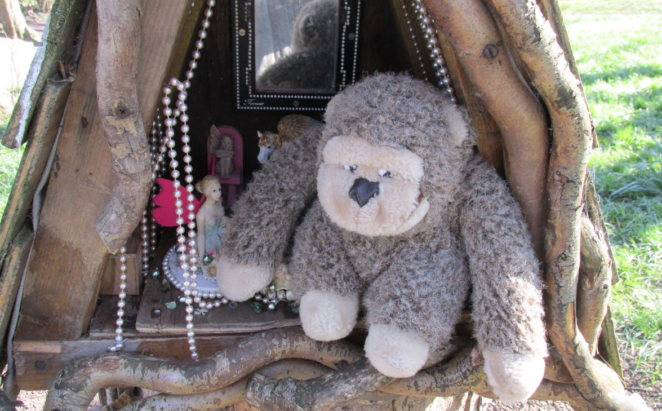
Storytelling and creative adventures with plush toys can be an incredible asset to teaching in the classroom. Incorporating these stuffed animals into stories and scenarios can help to educate, inspire and engage learners of all ages.
Children of all ages often enjoy interacting with stuffed animals and using them as a tool for storytelling brings the learning to life.
Use the adventures of multiple stuffed animals with different personalities and goals, to create complex stories that students can follow while offering key lessons along the way. Doing this helps to break up traditional education methods, allowing kids to learn by doing, in a safe and engaging space.
Have Students Take Turns Bringing In Their Own Stuffed Animals From Home
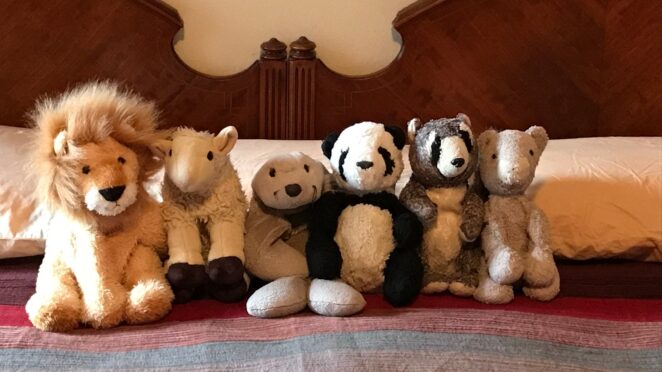
Incorporating stuffed animals into teaching can be a creative and powerful way to engage students.
For example, having each student take turns bringing in their favorite stuffed animal from home and discussing its unique features is a great activity to foster meaningful conversations around creativity and individuality.
Not only will it help students learn the importance of recognizing their peers’ differences, but it can also enable them to appreciate their own uniqueness.
Additionally, this exercise will help bridge home and school connections as students learn to value an item that has been with them since childhood. In summary, bringing one’s own plush toys from home is an effective and enjoyable way for students to engage in classroom learning.
Use Stuffed Animals as Rewards or Prizes for Students for Achieving Their Goals
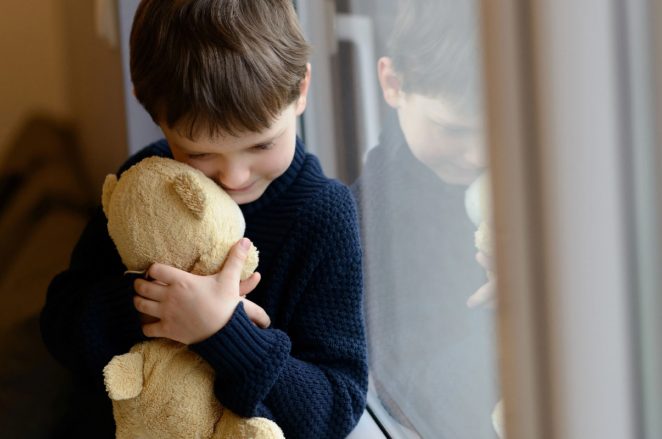
Stuffed animals can be an incredibly rewarding way to recognize a student’s hard work and effort. They serve as tangible rewards that the student can keep and cherish.
Not only do they promote retention of the knowledge and skills they’ve acquired, but they also boost morale and create an atmosphere of encouragement – which motivates students even further to strive for success in their academic journey.
Furthermore, stuffed animals provide plenty of fun opportunities for creative teaching approaches that integrate play into learning – making class time more enjoyable and memorable!
Conclusion
In conclusion, stuffed animals can be a great addition to the classroom when used thoughtfully and creatively.
Not only are they cute and cuddly for students to interact with, but they provide a wonderful opportunity for hands-on learning activities and engaging role-playing examples that can help students better understand certain concepts.
Additionally, stories and adventures featuring the stuffed animals generate more enthusiasm among the class and invite children to take turns showing off their own plush companions from home.
Lastly, offering rewards or prizes in the form of stuffed animals also encourages students to push themselves to achieve goals while bringing a smile to their faces in the process. It’s no wonder why these furry friends are popping up in classrooms all around the world!



